- Home
- Military & Defense
- We climbed into an Apache helicopter's cockpit and saw why it's one of the most difficult aircrafts to fly
We climbed into an Apache helicopter's cockpit and saw why it's one of the most difficult aircrafts to fly
The AH-64 Delta Longbow was first delivered to the US Army in 1997.

It has a maximum speed of 227 mph and a range of 300 miles.
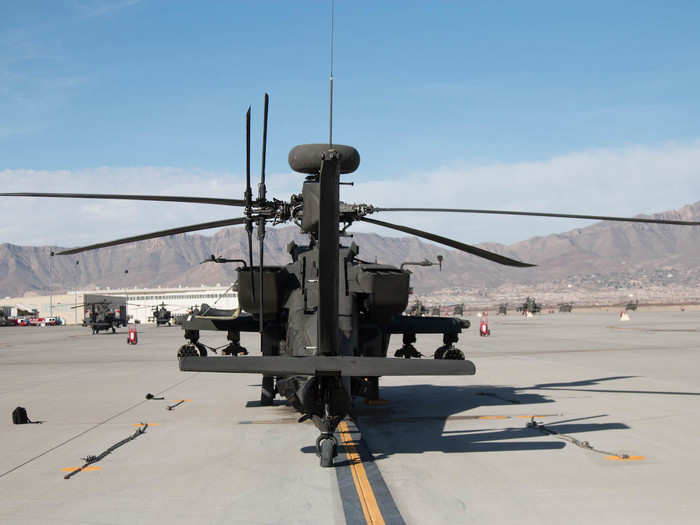
It's powered by two T700-GE-701C turboshaft engines.
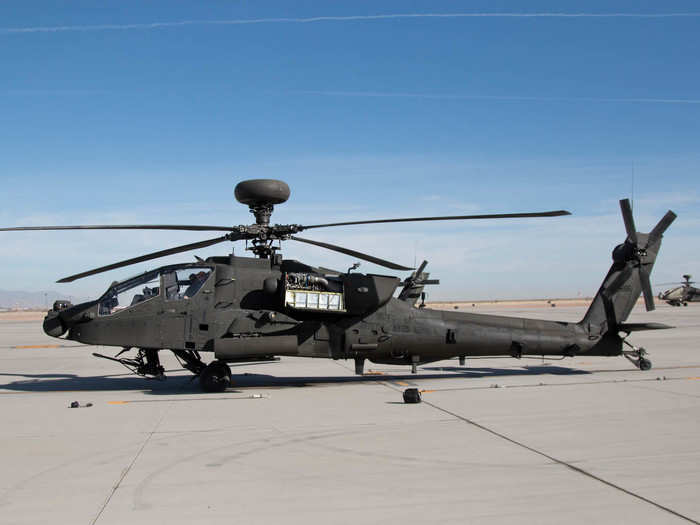
Here's a close-up of one of the engines.
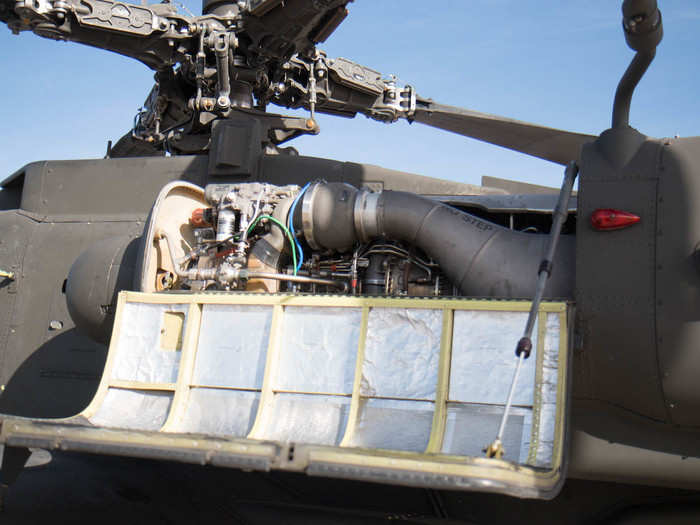
Eichhorn next showed me the Hydra 70mm rocket pods, fitted on both sides of the chopper. The pods fire 2.75 fin-stabilized unguided air-to-surface rockets as well as CRV7 70 mm air-to-surface rockets.
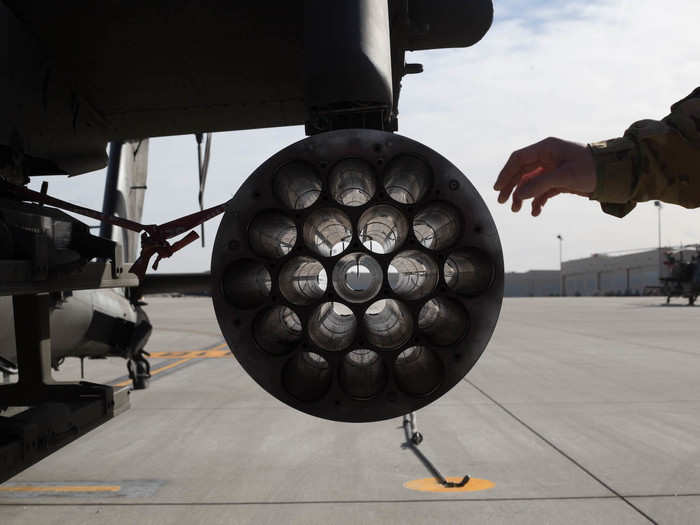
Eichhorn gave me some more details about the rocket system in the short video below.

Here's a shot of the pod from the other side.
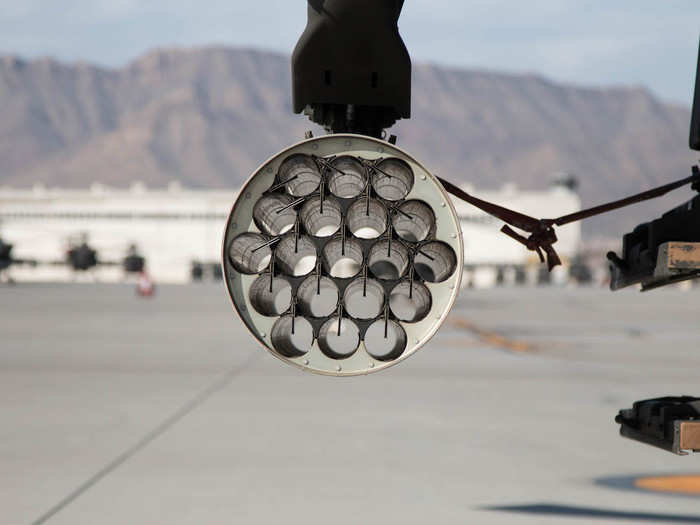
Eichhorn next told me about the Hellfire missiles.

We then moved over to the M230 gun mounted under the nose.

This is the sensor array, mounted on the nose, which feeds the pilot and gunner targeting and visual information through the monocular lens attached to their helmets. But more on that later.
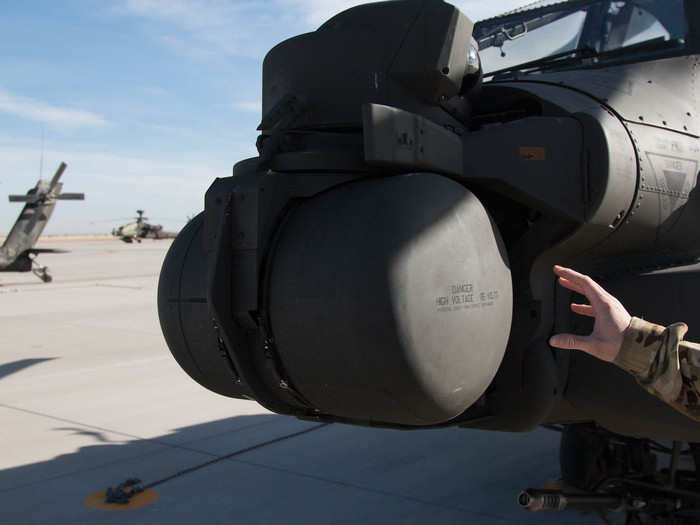
This is the radar dome atop the blades, which can detect the shapes of ground forces and other aircraft. The radar feeds that information into the cockpit displays.
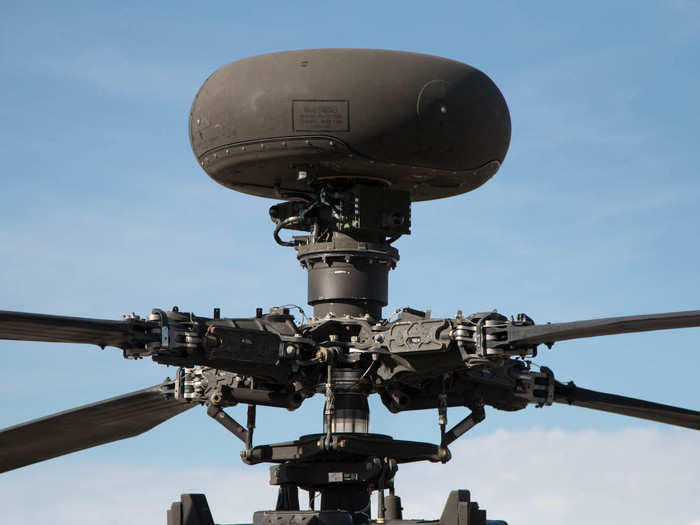
And here's the Apache's main computer system, which processes all the data from the radar dome and sensors.
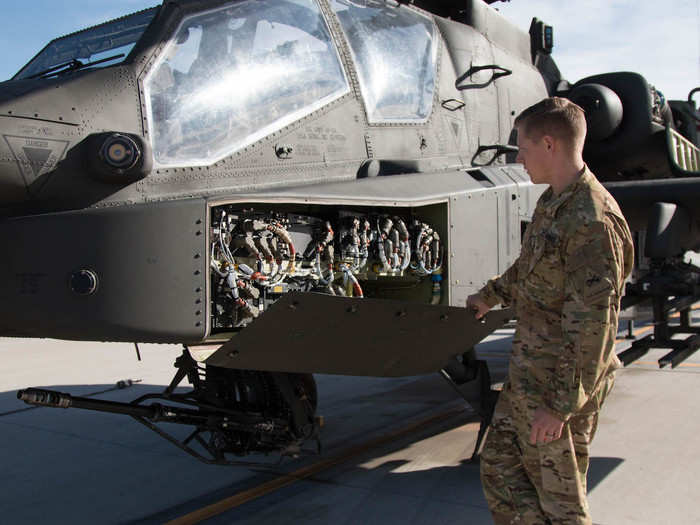
This is the pilot's cockpit, situated behind the gunner's cockpit.
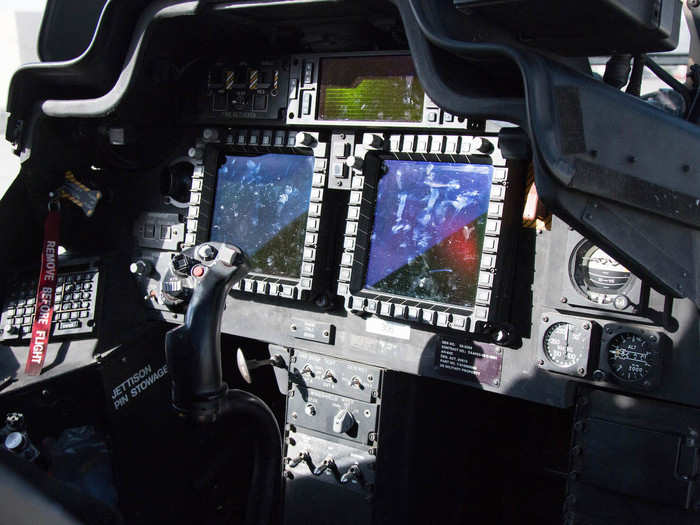
Eichhorn then broke down all the major components in the cockpit in the short video below.

He also told me more about the pilot's monocular lens, and why it makes the Apache one of the most difficult aircrafts to fly.

He then let me jump in the pilot cockpit. As you can see, it was a little snug.
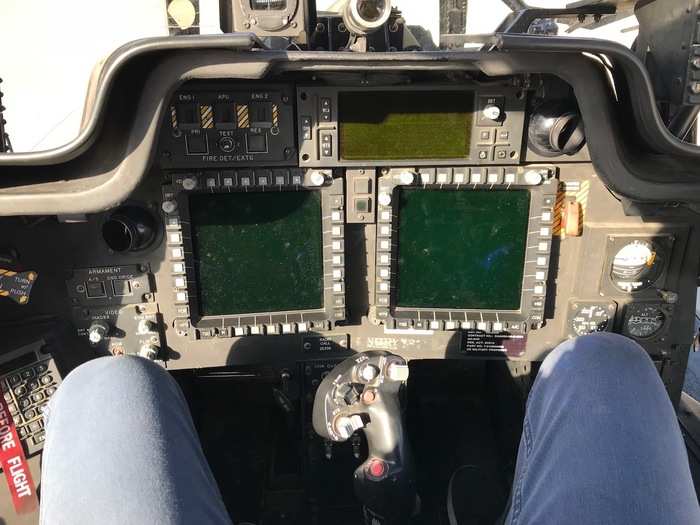
Next, I moved over to the gunner's cockpit. The components in both cockpits are very similar, and either pilot can take over for the other if needed.
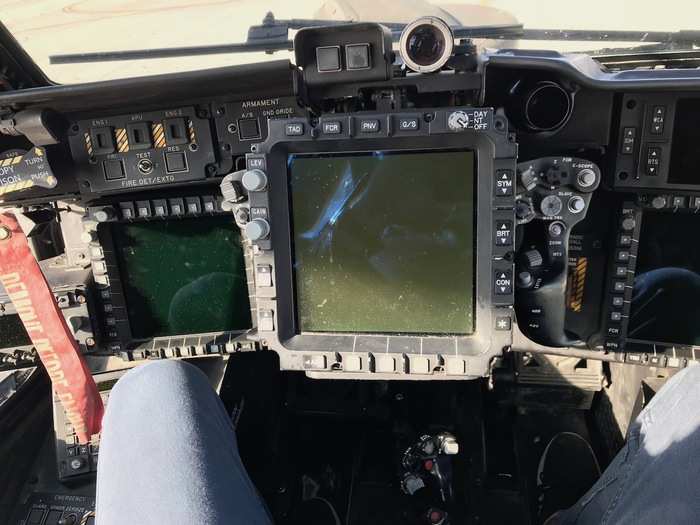
I then looked up and snapped a shot of the gunner's view.
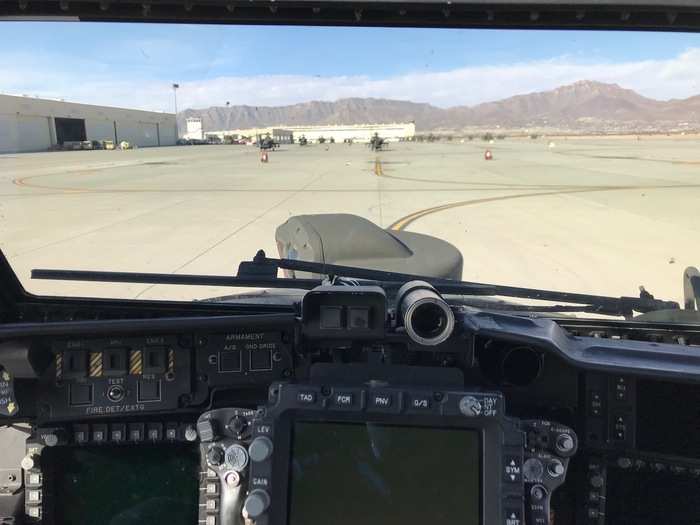
You can find more info about the Apache's specifications here.
Popular Right Now
Advertisement